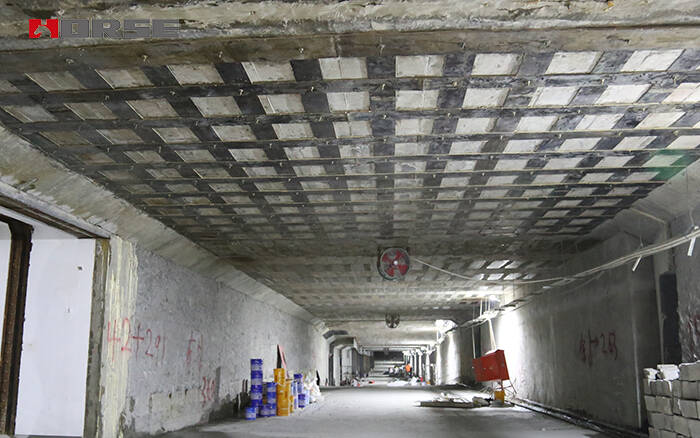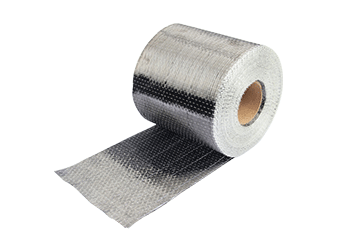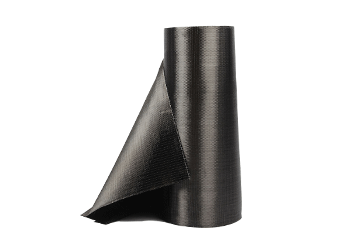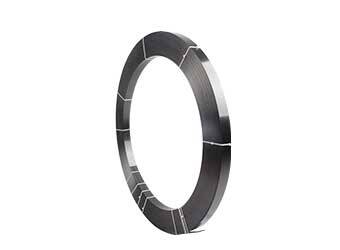Soluções
A Horse Construction oferece uma ampla gama de materiais de reforço estrutural, incluindo suporte técnico, suporte de documentação, suporte de produtos, suporte de software e suporte de projeto.
Increase Slab Load, Need Structrual Reinforcement

What is a load?
Loads refer to external forces and other factors that cause internal forces and deformations of structures or components. It is customary to refer to various direct effects exerted on the engineering structure to make the engineering structure or components produce effects. The common ones are as follows. Structural dead weight, floor live load, roof live load, roof ash load, vehicle load, crane load, equipment dynamic load, and natural loads such as wind, snow, ice, and waves.
According to the standard value of floor live load, it is roughly divided into the following seven grades according to the situation of personnel and equipment:
(1) 2.0kN/㎡: Few people are active;
(2) 2.5kN/㎡: there are many people and equipment;
(3) 3.0kN/㎡: There are many active people and heavy equipment;
(4) 3.5kN/㎡: People who are active are very concentrated, sometimes crowded or with heavy equipment;
(5) 4.0kN/㎡: The nature of the activity is relatively intense;
(6) 5.0kN/㎡: warehouse for storing goods;
(7) 6~7kN/㎡: There are large mechanical equipment.
During the normal use of the building, since the use function is relatively fixed, there is basically no overload situation. However, there are also situations such as improper use, addition of layers, transformation, and changes in use functions. Once the load increases, the components must be reinforced, otherwise the consequences will be disastrous.
For the reinforcement of the floor, the commonly used methods are the reinforcement method of pasting steel plates and the method of pasting carbon fiber cloth.
The reinforcement of pasting steel plates generally adopts stereotyped flat steel, which is pasted with adhesive steel glue. The specifications and spacing of flat steel are determined by design, generally take (100-200)*(3-4), and the spacing is 300-600. In order to improve the quality and effect of bonding steel reinforcement, all flat steels are additionally anchored with anchor bolts. The specification of the anchor bolt should not be greater than M10, generally M8, and the spacing should not be less than 250mm, generally 300mm.
The carbon fiber cloth reinforcement method is to paste the carbon fiber cloth along the span direction of the board to the tensile part of the bottom of the board through structural adhesive, and must have reliable anchorage at the end. The advantage is that the carbon fiber cloth is light in weight and high in strength, and can be pasted in multiple layers. After reinforcement, the weight of the original component is basically not increased, and the structural shape is not affected. It can not only improve the structural bearing capacity but also enhance the rigidity of the structure.
Você pode encontrar tudo o que precisa aqui. Confie e experimente esses produtos, você vai perceber uma grande diferença depois.

A fibra de carbono da Horse Construction é para reforço estrutural, reparo e modernização de substratos de concreto, alvenaria, aço e madeira em edifícios, pontes, rodovias, ferrovias, túneis, píeres e aeroportos civis.

Mantas de fibra de carbono unidirecionais de alta resistência pré-saturadas para formar mantas de polímero reforçado com fibra de carbono (CFRP) usadas para reparar e fortalecer elementos estruturais de concreto.

Lâmina de polímero reforçado com fibra de carbono pultrudada (CFRP) de 1,4T projetada para reforço de estruturas de concreto, madeira e alvenaria